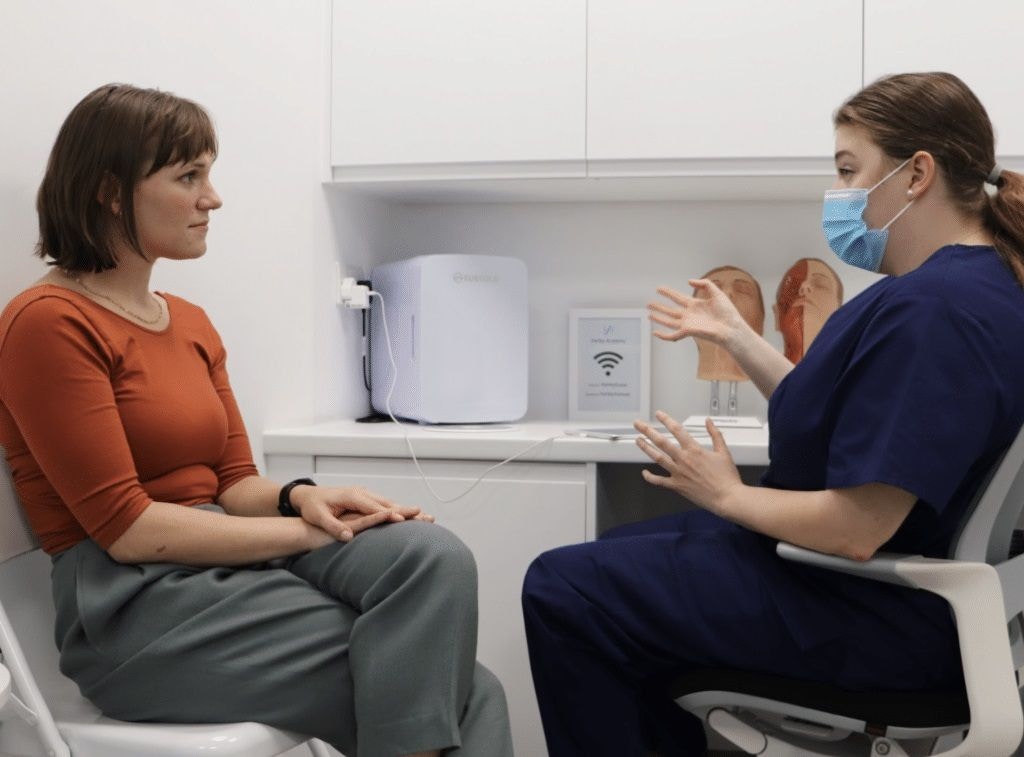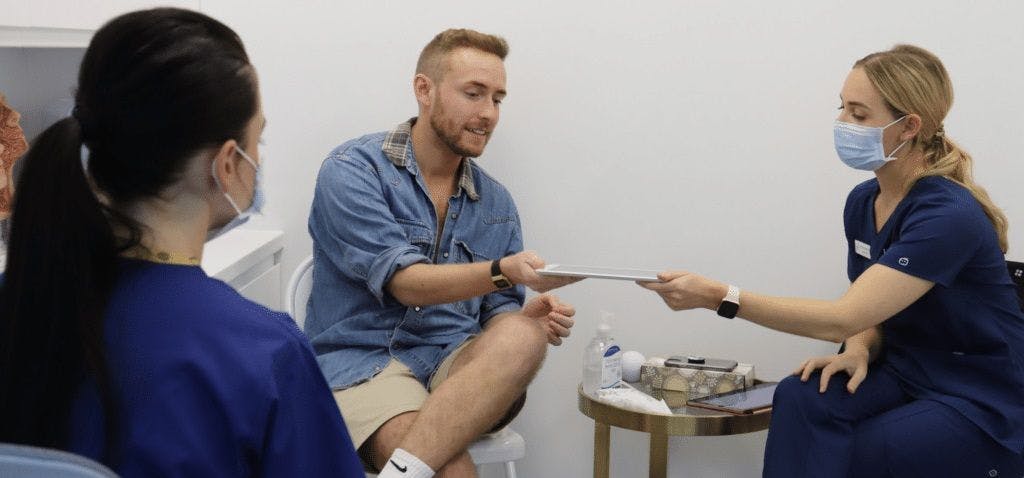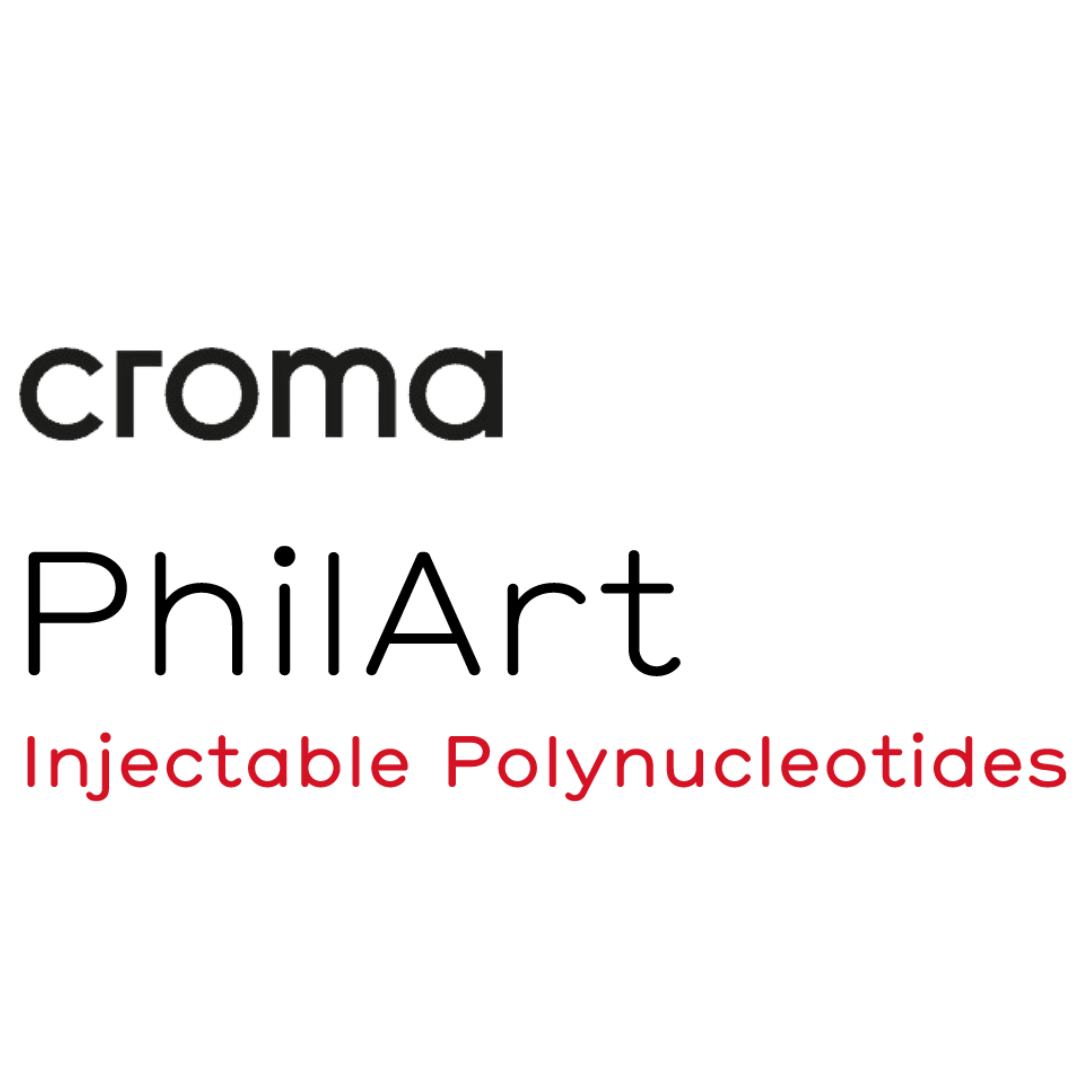How Refusing Treatment Earned A Patient’s Respect

A successful, sustainable aesthetics practice relies not just on bringing in new clients, but on building a solid reputation.
Having a Level 7 Diploma in Botox and Dermal Fillers effectively advertises your medical training, skills and safety to patients. This can certainly help you to stand out, especially from non-healthcare professionals. It marks you out as a highly-qualified and ethical injector with a detailed knowledge of anatomy, facial ageing and complications management. All of which can certainly get people through the door.
However, when building up an aesthetics practice, you also need to develop a reputation based on not just the treatments you do perform, but also the ones you don’t. This is why refusing treatment can be a valuable tool.
Earning a reputation as a safe, skilled, knowledgeable and trustworthy injector is worth investing in. After all, it’s the basis of the most valuable form of marketing available in aesthetics: word of mouth. If people like your work, trust you and feel safe in your educated hands, they are more likely to recommend you to others. And so your business – and reputation – grows…

Refusing treatment can feel uncomfortable at first
You may recall our recent article on refusing treatment as a marketing power move. Whilst this may feel scary and be something you’re reluctant to do, taking this strong stance can lead to positive outcomes.
Many of our own experts recall feeling uneasy about turning patients down early in their career. However, they also now recognise this as an important lesson all aesthetics specialists learn: you are the medical professional so trust your instinct.
We know refusing treatment is easier said than done, especially for new practitioners who are just starting out in aesthetics. So, to show you how this approach can work in your favour, here’s a real life account from Harley Academy clinical trainer, Dr Janine Rothburn.

“Extremely grateful” patient
“I’ve refused to treat patients before. One patient in particular attended clinic for more lip filler. She had recently had lip filler, about three months before this,” Dr Janine told us.
“She’d been having lip filler regularly for about six years, three times per year. As a result of this, the lip filler had migrated significantly. After explaining this to the patient and discussing why it was best not to treat her and that she should, in fact, get the lip filler dissolved, the patient understood and really respected my decision.
“She was extremely grateful that I had taken the time to discuss my professional opinion with her and explain things, rather than just injecting her lips and sending her away.”
She adds, “My advice for any new injector would be, if you don’t feel you should be treating the patient, don’t feel pressured to do so. You’re the medical professional and if you don’t feel comfortable doing something, don’t do it.”
An exhaustive consultation where the patient is encouraged to open up is always necessary and can be particularly helpful in these situations.
“I think the best advice to ensure a thorough consultation occurs is to listen to the patient. Allowing the patient to communicate their concerns will enable a good rapport to build and flourish,” advises Dr Janine.
Following the LEAP protocol
Dr Janine’s clear, empathetic and professional approach follows the LEAP protocol.
Listen Educate and empower Align Perform. – THE LEAP PROTOCOL
Dr Janine clearly listened to the patient and took account of her aesthetic history. She then educated her as to why getting more lip filler was not in her best interests, empowering her to make the decision to have her filler dissolved. Both patient and practitioner aligned on the most suitable course of action, which in this instance was refusing treatment – so there was no “perform” in this situation.
By taking this route Dr Janine ensured the patient had a positive experience, despite not receiving the treatment she had wanted. That positive experience is what she will share when discussing her lip fillers and what will further cement Dr Janine’s reputation as an outstanding and ethical aesthetics practitioner.
All information correct at the time of publication












